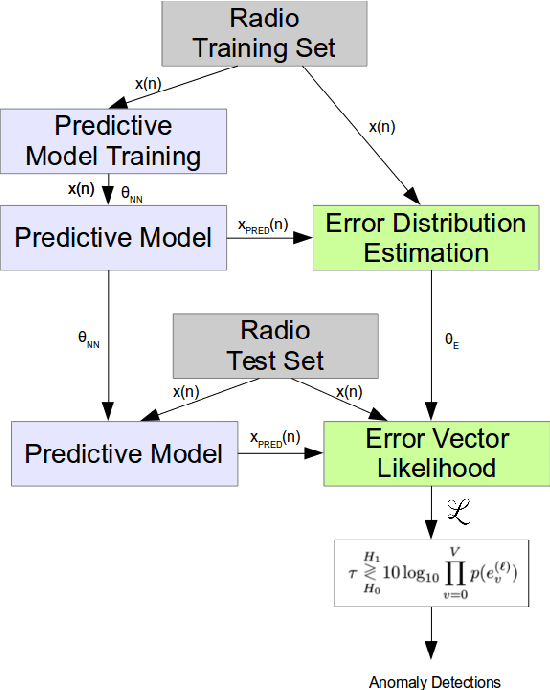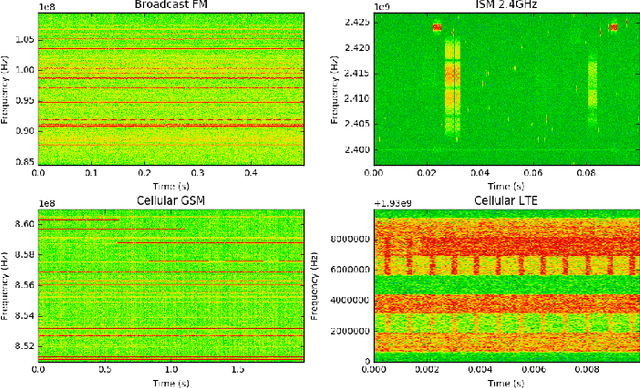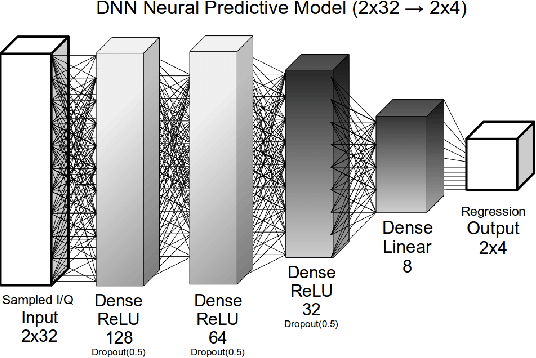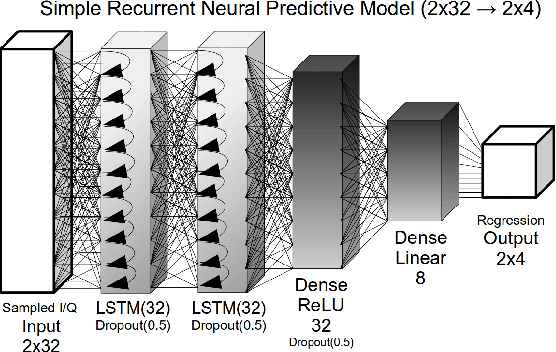Robert W. McGwier
Automatic Modulation Classification using a Waveform Signature
Apr 01, 2024Abstract:Cognitive Radios (CRs) build upon Software Defined Radios (SDRs) to allow for autonomous reconfiguration of communication architectures. In recent years, CRs have been identified as an enabler for Dynamic Spectrum Access (DSA) applications in which secondary users opportunistically share licensed spectrum. A major challenge for DSA is accurately characterizing the spectral environment, which requires blind signal classification. Existing work in this area has focused on simplistic channel models; however, more challenging fading channels (e.g., frequency selective fading channels) cause existing methods to be computationally complex or insufficient. This paper develops a novel blind modulation classification algorithm, which uses a set of higher order statistics to overcome these challenges. The set of statistics forms a signature, which can either be used directly for classification or can be processed using big data analytical techniques, such as principle component analysis (PCA), to learn the environment. The algorithm is tested in simulation on both flat fading and selective fading channel models. Results of this blind classification algorithm are shown to improve upon those which use single value higher order statistical methods.
Recurrent Neural Radio Anomaly Detection
Nov 01, 2016



Abstract:We introduce a powerful recurrent neural network based method for novelty detection to the application of detecting radio anomalies. This approach holds promise in significantly increasing the ability of naive anomaly detection to detect small anomalies in highly complex complexity multi-user radio bands. We demonstrate the efficacy of this approach on a number of common real over the air radio communications bands of interest and quantify detection performance in terms of probability of detection an false alarm rates across a range of interference to band power ratios and compare to baseline methods.
 Add to Chrome
Add to Chrome Add to Firefox
Add to Firefox Add to Edge
Add to Edge